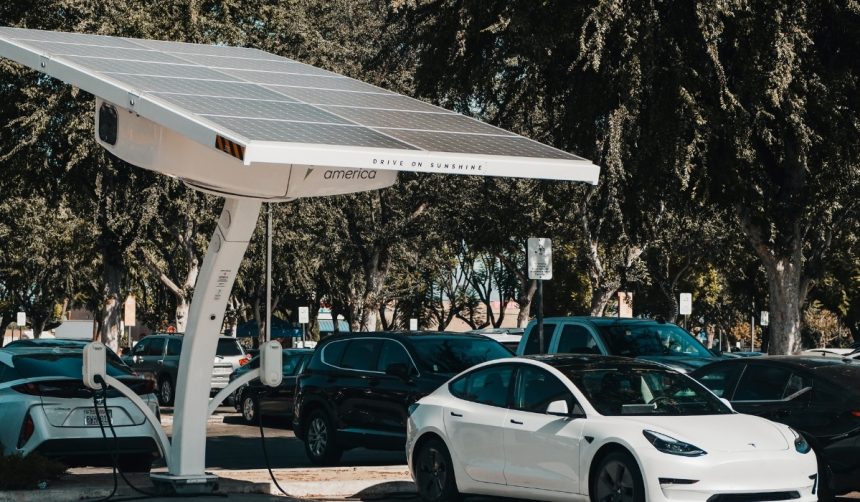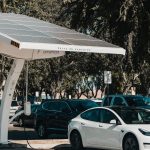Anticipation builds as Tesla prepares to showcase the Cybercab, its autonomous two-seater Robotaxi, at the upcoming China International Import Expo (CIIE) in Shanghai. This November event marks Tesla’s return after a year-long absence, reigniting discussions on electric mobility in a region shaping global trends. With a dedicated booth in Hall 2.1, Tesla aims to grab attention from both industry professionals and the broader public. Alongside the Cybercab, the company hints at displaying products such as Optimus robots and Megapack batteries, signposting ambitions that go beyond passenger vehicles. The inclusion of “Master Plan Part IV” in Tesla’s promotional material signals the possibility of new initiatives for the Chinese market.
When news about Tesla’s previous CIIE involvement emerged, the focus centered around its Model Y and Model 3 offerings, catering largely to consumer vehicle markets. Earlier attendance reports highlighted Tesla’s push to strengthen partnerships with local suppliers and expand its user base in China. The move to spotlight autonomous technology this year represents a notable shift from direct-to-consumer sales toward service-based platforms, suggesting Tesla is adjusting its strategy to keep pace with rising local competition and new regulatory opportunities in China’s mobility sector.
Why Is Tesla Returning to CIIE This Year?
Tesla’s comeback follows a missed appearance at the previous expo, marking its first absence since 2018. By confirming its participation for the 2025 event, Tesla seeks to regain a foothold in the dynamic Chinese auto industry, where domestic EV manufacturers have rapidly advanced. Tesla’s return emphasizes its pursuit of renewed consumer and policymaker engagement as China maintains its status as the largest electric vehicle market in the world.
What Role Will the Cybercab Play in Tesla’s Strategy?
Tesla positions the Cybercab as the centerpiece of its expo showcase, aiming to highlight its push into autonomous mobility. The vehicle, featuring a two-seat design dedicated to ride-hailing, has so far only been seen in select U.S. markets. By bringing the Cybercab to China, Tesla underscores its interest in broadening its footprint in Asia’s burgeoning robotaxi industry. A Tesla spokesperson said,
“We are excited to introduce our new vision of mobility with the Cybercab at CIIE, demonstrating our commitment to innovative transportation solutions.”
How Is Tesla Differentiating Itself from Local Competition?
China’s autonomous transportation sector is already populated by several homegrown ride-hailing services, many leveraging complex sensor arrays and mapping data. Tesla’s Cybercab stands apart with a pure vision system that relies mainly on artificial intelligence and camera-based perception. The company reiterated its approach, stating,
“Our technology prioritizes vision systems over traditional sensors, aiming for a robust and scalable solution.”
This technological stance places Tesla in direct conversation with both regulators and consumers who are closely watching the progress of autonomous vehicles in real-world settings.
The decision to focus on advanced mobility offerings like the Cybercab marks Tesla’s adaptation to evolving market priorities and regulatory frameworks in China. While earlier showings focused on mass-market appeal, this strategic participation points to a shift toward autonomous services. For readers, it is important to note how Tesla’s unique vision-based technology could challenge entrenched sensor-based models favored by many rivals in the region. Observers have an opportunity to watch how regulators and consumers respond to the Cybercab and whether Tesla can gain traction in a market known for fast-moving innovation and policy scrutiny. For those following developments in autonomous vehicles or considering their future in China, this event offers insight into emerging strategies and the global movement toward new types of mobility solutions.










